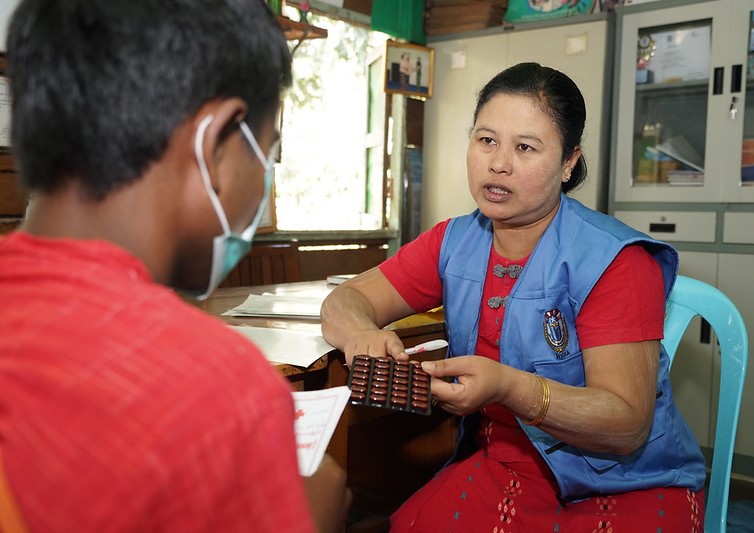A population-based cohort study in Sweden found that Clostridioides difficile infection (CDI) was associated with elevated all-cause and cause-specific mortality, researchers reported yesterday in Clinical Microbiology and Infection.
For the study, a team of Swedish and Belgian researchers compared individuals diagnosed as having at least one episode of CDI from 2006 through 2019 to the entire Swedish population using standardized mortality ratios (SMRs). Each CDI patient was matched to 10 controls, and SMRs were computed for all-cause and cardiovascular- and cancer-related mortality, which were selected based on the prevalence of the causes of death in Sweden. The analysis made adjustments for chronic comorbidities.
The study included 43,150 individuals with CDI (74.8% aged 65 and older, 91.6% with hospital-acquired CDI, and 16.8% with recurrent CDI) and 355,172 controls.
Overall, 61.6% of the CDI group died during the study period, compared with 28.8% of the controls. CDI was associated with a 3- to 7-fold increased mortality rate (incident rate ratio [IRR], 3.5; 95% confidence interval [CI], 3.3 to 3.6; SMR, 6.8; 95% CI, 6.7 to 6.9) compared to the matched controls and Swedish background population, respectively. Mortality rates were highest for hospital-acquired CDI (IRR, 2.4; 95% CI, 1.9 to 3.2) and during the first CDI episode (IRR, 0.2; 95% CI, 0.2 to 0.3 for recurrent versus first CDI).
Mortality risks were, however, still significantly increased when we restricted our analyses to those without comorbidities.
Individuals with CDI had more chronic comorbidities than controls, yet mortality remained higher among CDI cases even after adjustment and stratification for comorbidity; CDI was associated with increased mortality, particularly among those without chronic comorbidities (IRR, 6.1; 95% CI, 5.5 to 6.8).
"Survival bias and underlying comorbidities may play a role, and although we adjusted for chronic comorbidities, residual confounding by comorbidities and frailty is likely," the study authors wrote. "Mortality risks were, however, still significantly increased when we restricted our analyses to those without comorbidities."


 Yesterday in PLOS One,
Yesterday in PLOS One, 















